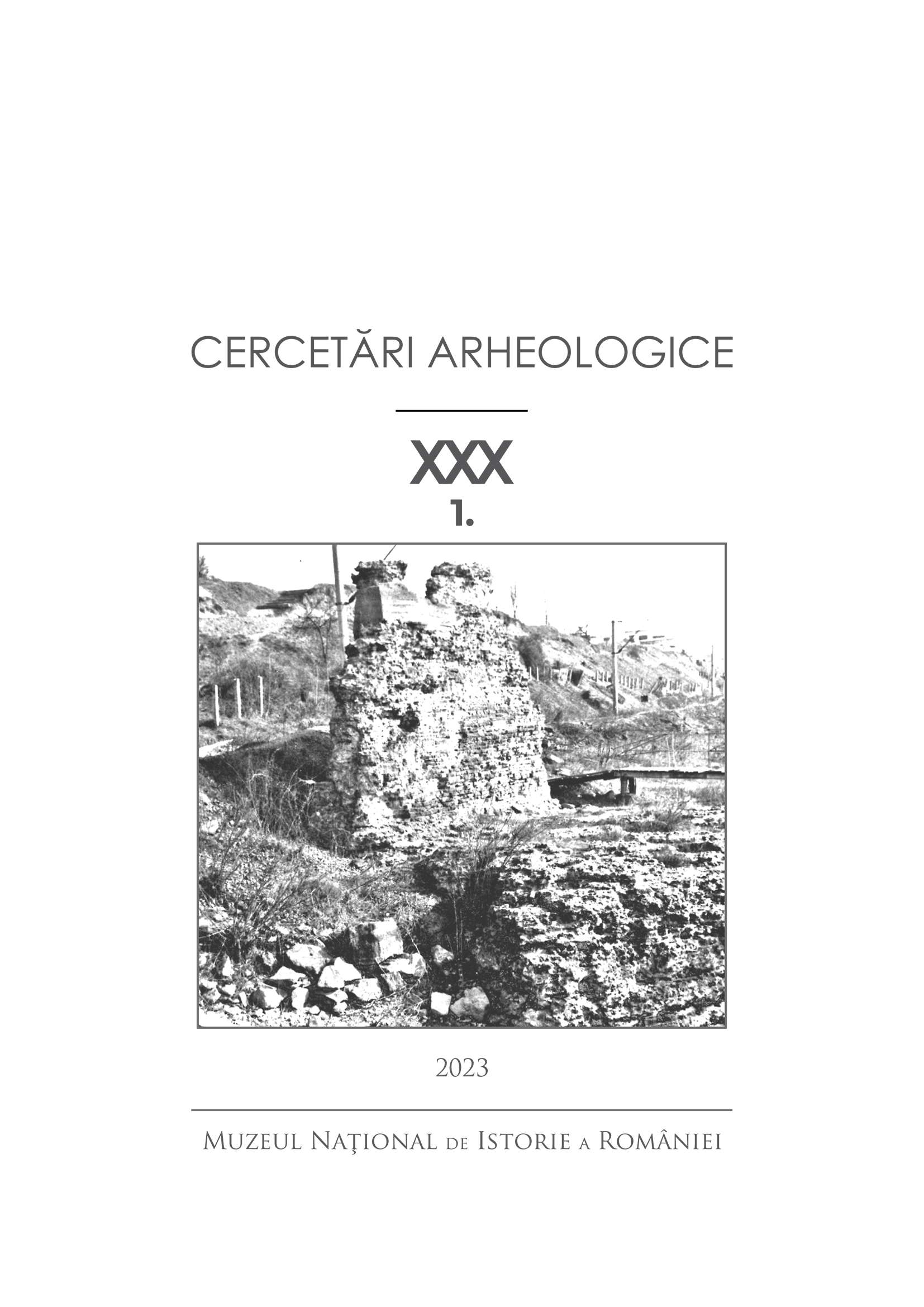Archaeological explorations at ‘En Qobi in the Jerusalem Highlands and the identification of Qube/Qubi
Archaeological explorations at ‘En Qobi in the Jerusalem Highlands and the identification of Qube/Qubi
Author(s): Boaz ZissuSubject(s): History, Archaeology, Ancient World
Published by: MUZEUL NAȚIONAL DE ISTORIE A ROMÂNIEI
Keywords: ‘En Qobi; waterworks; Roman period; refuge cave; Frankish church; frescoes; Jerusalem Highlands;
Summary/Abstract: The article presents the results of archaeological excavations and surveys undertaken at and near the spring of ‘En Qobi. ‘En Qobi is a spring in the upper reaches of Nahal Qobi, a tributary of Nahal Refai’m, West of Jerusalem. There is evidence of human activity near the spring from the Bronze Age to the present – a span of approximately 3,000 years. The article presents and discusses (a) the spring and its water system; (b) partial excavations and the preservation of the interior of the medieval church located near the spring; (c) H. Tasit and a nearby refuge cave, both located west of the spring; (d) H. Qobi, situated east of the spring. Our team cleaned the water system, which consists of a long spring tunnel, a large underground reservoir, an open pool and other elements typical of systems used to tap spring water in the Judean Hills. This system was apparently built in the Early Roman period, was renovated again and again and remained in use until recent times. The medieval church has a rectangular nave, oriented east-west with well-preserved ashlar walls. The inner walls were covered with polychrome frescoes. Elbow columns topped with capitals, characteristic of Frankish (Crusader) architecture in the Jerusalem area, were found in situ on the northern and eastern walls. Our funds permitted only a partial excavation of some portions of the inner walls. Inadequate funding prevented a full excavation of the church walls and floors, so the construction phases of the structure were not fully clarified. H. Tasit is a relatively small site, apparently an agricultural estate from the Roman and Byzantine periods. Unfortunately, the site was looted extensively in the past. On the nearby slope we detected and explored a small karstic cave that was apparently used for refuge purposes in the first – second centuries CE. H. Qobi is a small, ruined village located on a prominent hilltop above the spring. Without extensive excavation it is difficult to ascertain its function and past. An underground olive press and some looted tombs on the slopes were explored. Pottery and finds from the Late Hellenistic, Early Roman, Byzantine, Medieval, Ottoman and British Mandate periods were collected. ‘En Qobi has been identified as Qobi, a location near Bethar mentioned in a story in the Babylonian Talmud (Sanhedrin 95a) and in additional Roman-period, late antique and medieval sources. The article describes the sites and discusses their historical-geographical significance and identification.
Journal: Cercetări Arheologice
- Issue Year: XXX/2023
- Issue No: 1
- Page Range: 263-284
- Page Count: 22
- Language: English

